Rush Lake's Nuisance Weed Problem
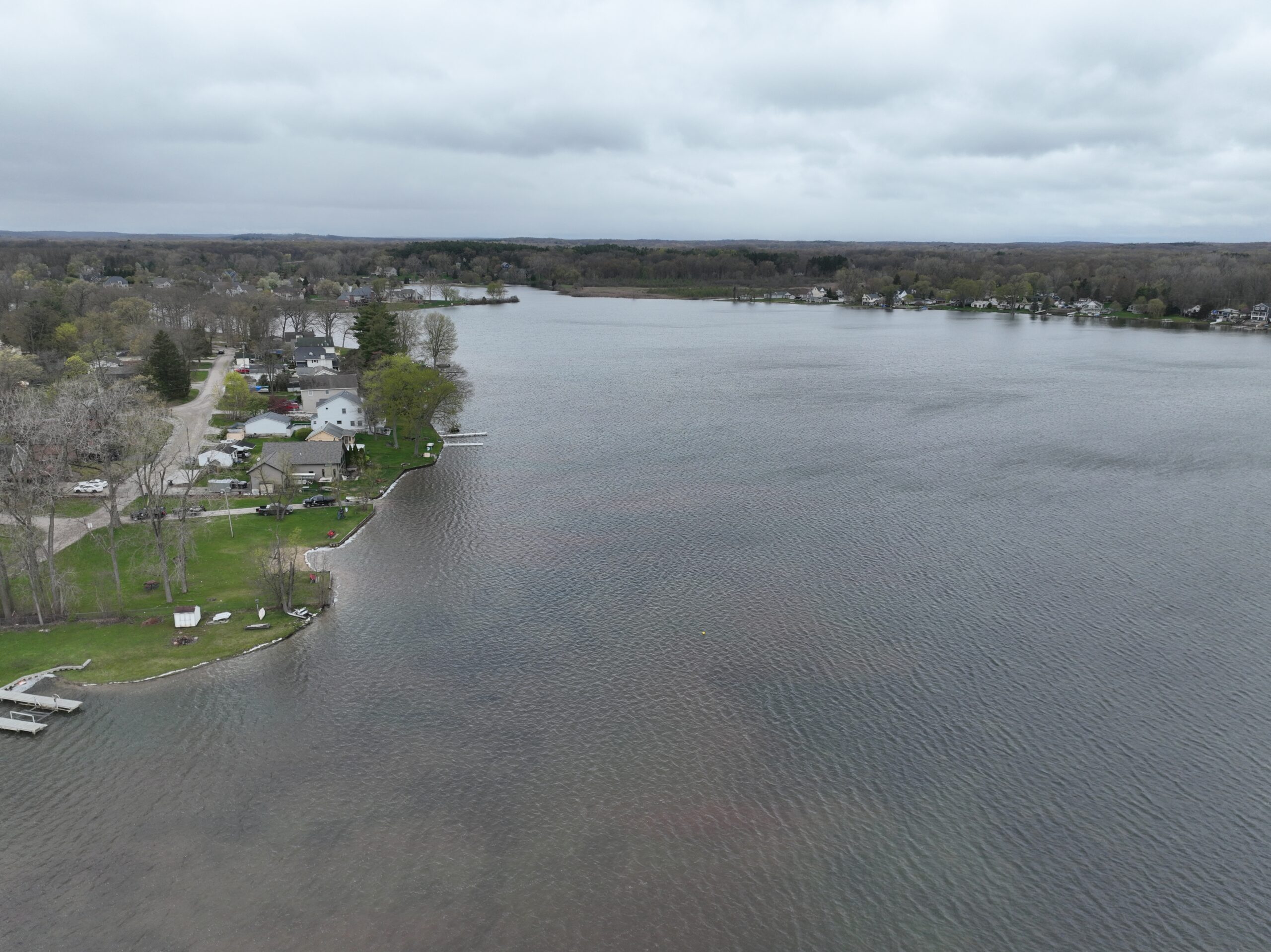
Rush Lake is a long-time partner to LakePro, and entrusts us with yearly management of their Lake. In 2023, LakePro encountered issues with controlling plants along the southern shoreline that typically fall easily after an herbicide application. After not finding satisfactory results in the summer, LakePro sought a method to determine why they encountered such issues.
Why A Dye Study?
In order for chemical applications to work effectively, the plant must have adequate exposure time to the herbicide, and exposure to an effective dosed rate of the herbicide. If one of those components is lacking, chemical control is impossible.
After identifying the plant and choosing products that typically yield excellent results, LakePro did not get adequate control at normal rates or maximum allowed rates from the state. This led LakePro to conclude the issue must be exposure time to he herbicide.
With this conclusion in mind, LakePro sought out methods to test the theory that there is unknown flow around the southwest shore of Rush Lake.
Methods and Processes
A dye study was selected as the appropriate method to track the flow in open waters. To accurately measure the flow rates of the dyed water, LakePro contacted long-time industry leader and company friend Jacob Meganck from UPL. Jacob has experience conducting dye studies of flow rates on open fresh water systems, which made him an obvious choice for consulting.
After contacting state agencies to follow permitting procedures and notify necessary entities, LakePro obtained authorization to conduct the study and permission for stakeholders after a proposal for the study.
A red rhodamine dye was chosen, to easily see the flow of water visually.
Visual confirmation however, can be subjective and is not helpful to quantify the flow rate, if there is flow.
Based on Maganck’s recommendation, eight sonde units were to be implemented to measeure the flow rate and half-life concentration of the dye.
Prior to the study, LakePro and UPL used existing bathometric data to create maps of the area for the study, and where to place the Sonde units for the study.
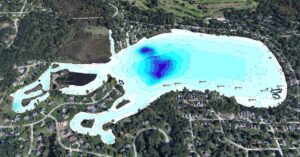
After maps were created and the Sondes were procured, a date was picked to conduct the study.
On the survey date, two teams were deployed – One to set the sonde units using GPS markers, and the other team applied the rhodamine dye.
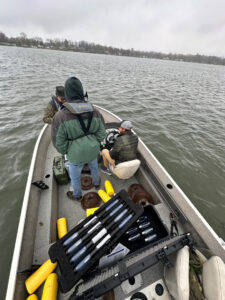
One of the teams placing sonde units around the area of interest
Once the sonde units were floated at their designated locations, the application team striped the area with the rhodamine dye via treatment boat, while being spotted from shoreline. The sonde units will track the drift and concentration of the dye over 24 hours, to determine flow in the area of interest.

Aeral shot of the Rhodamine Dye at Rush Lake
Study Results
Data from the sonde units suggest that the western portion of the shoreline has very little contact time – anywhere from 27 to 75 minutes, compared to the eastern side, which averaged 23 hours of contact.
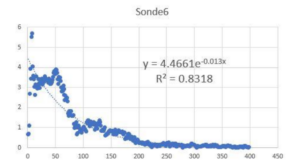
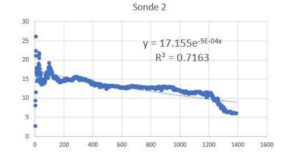 Tables show contact time data from a western sonde vs. eastern sonde unit
Tables show contact time data from a western sonde vs. eastern sonde unit
After data was collected, LakePro analyzed the results and used this insight to select a granular herbicide at a rate and bump frequency to ensure adequate control.
LakePro’s novel use of tracers on Rush Lake was instramental in getting the best shoreline control possible on such a low responding area in terms of treatment.
This was LakePro’s first dye study, and with so much information learned on such a large problem area, it was a worthwhile endeavor for both LakePro and Rush Lake.

